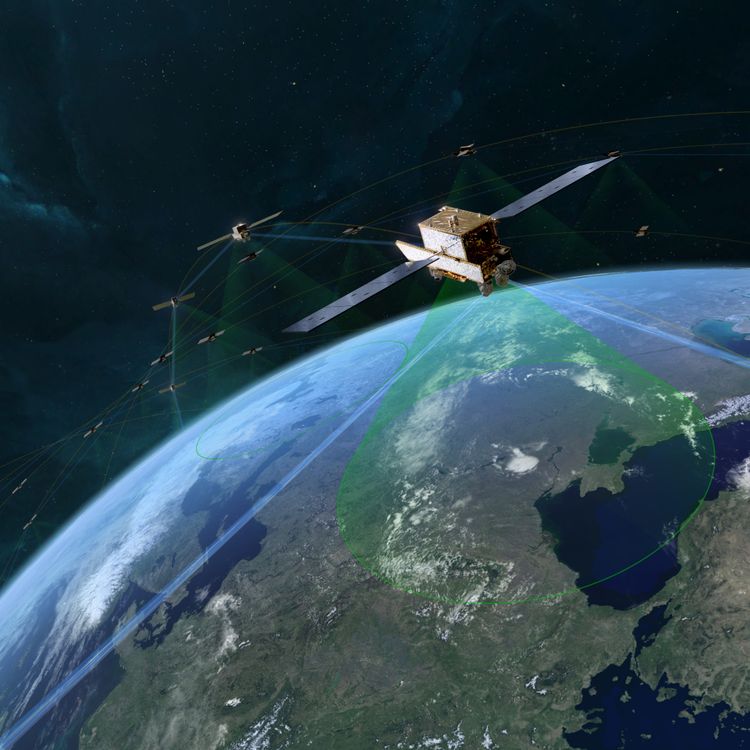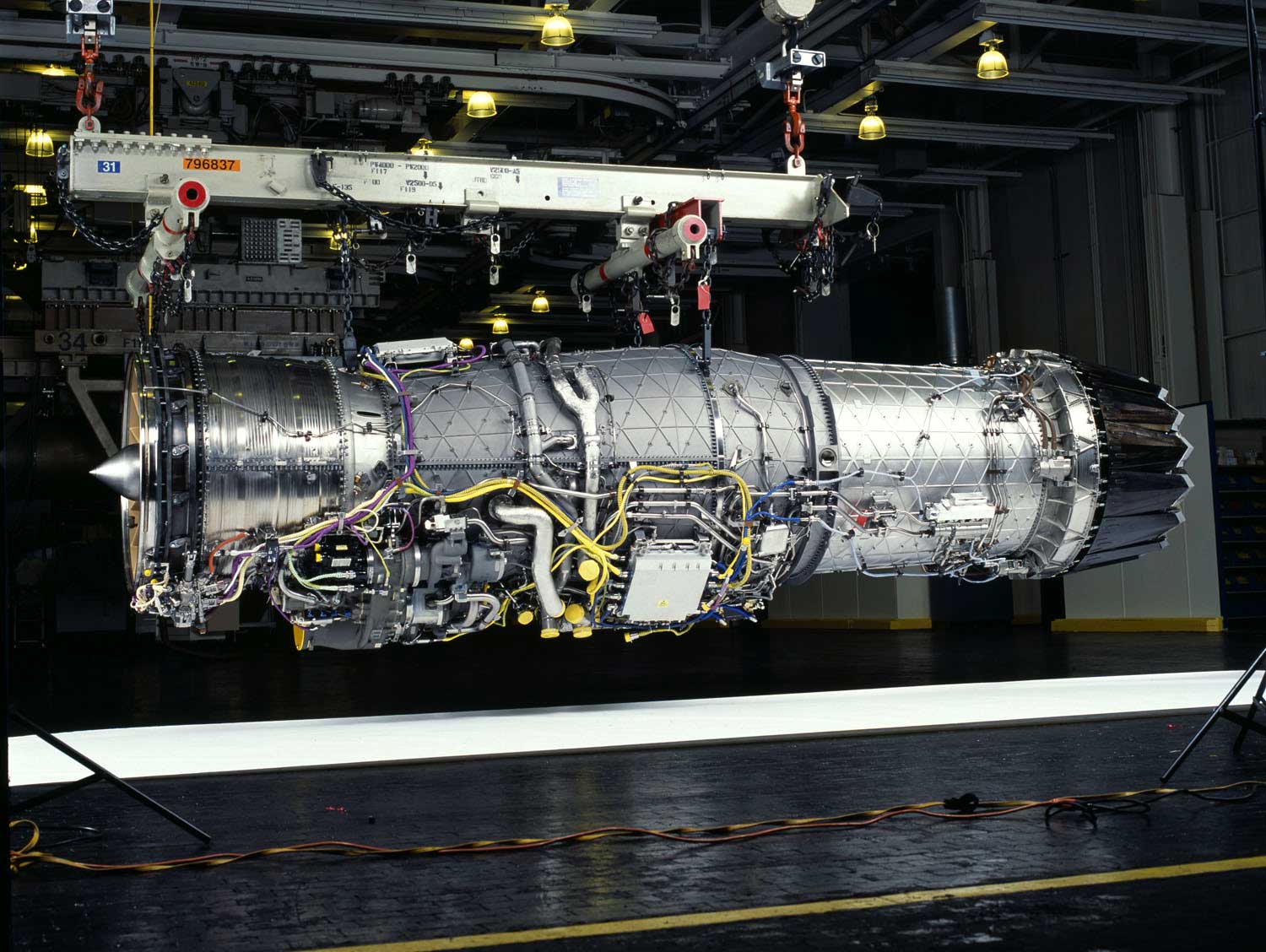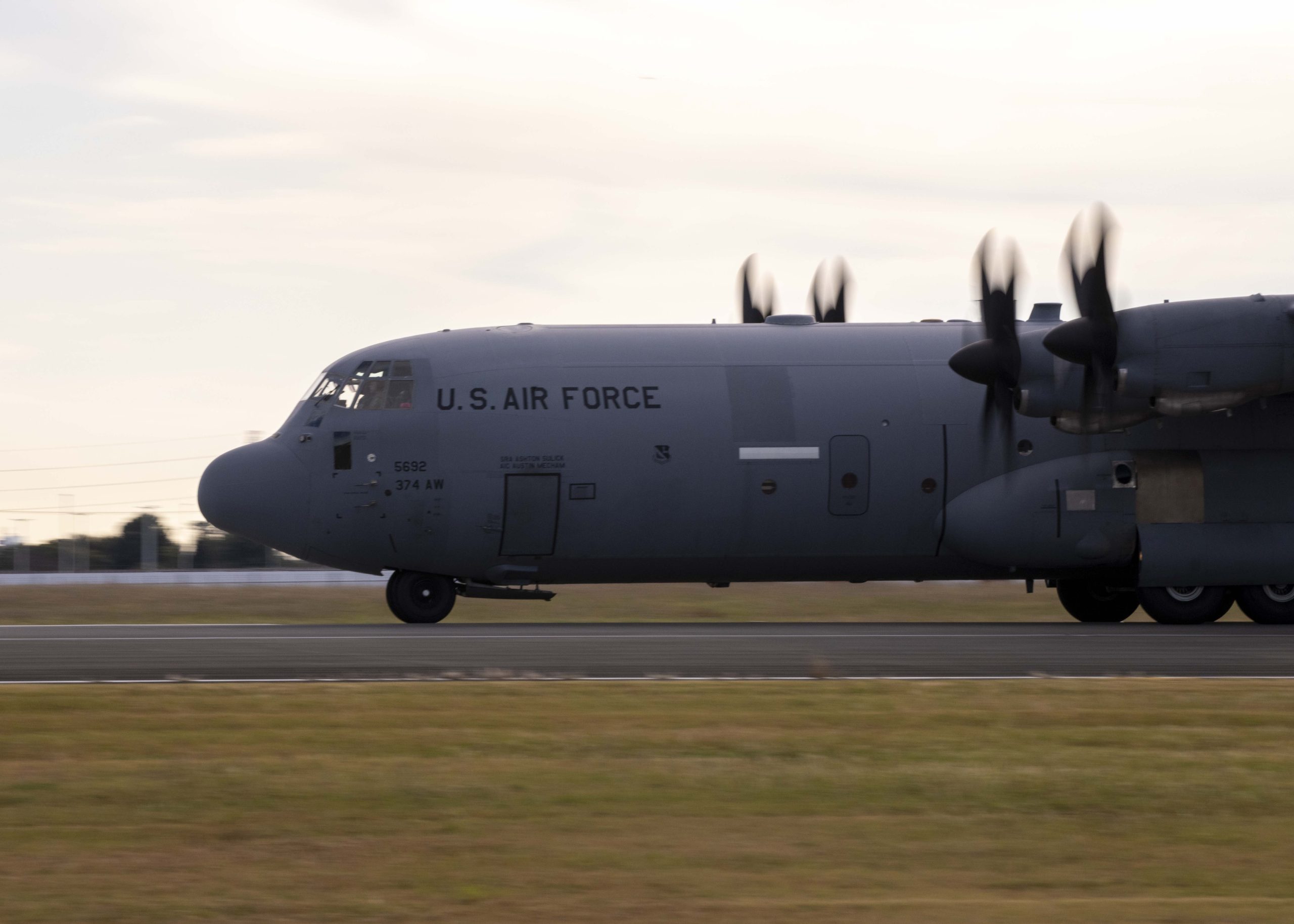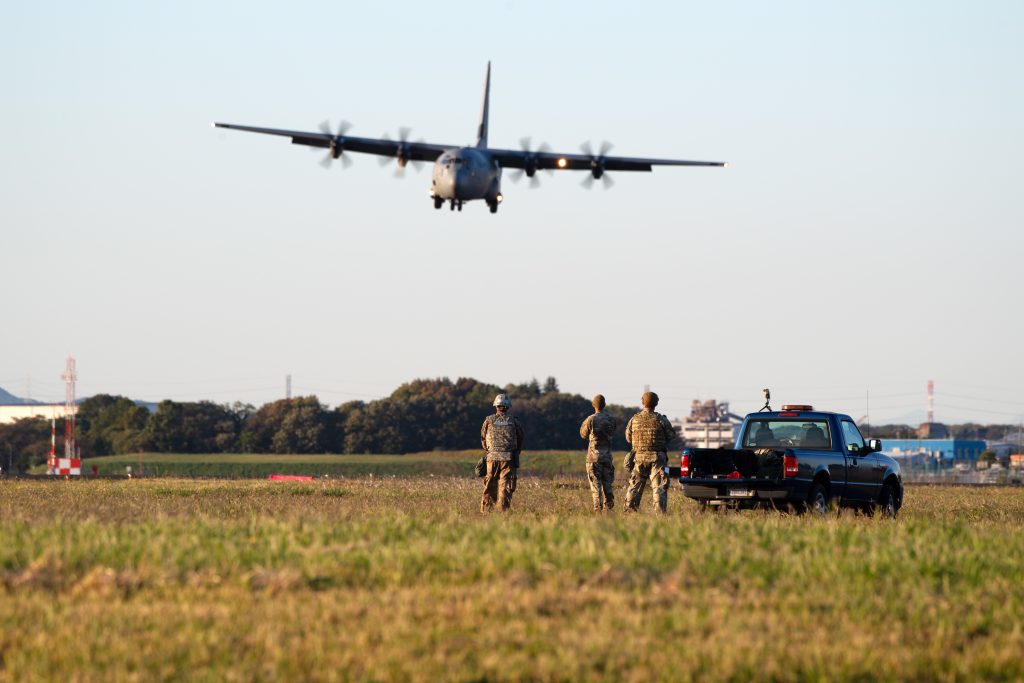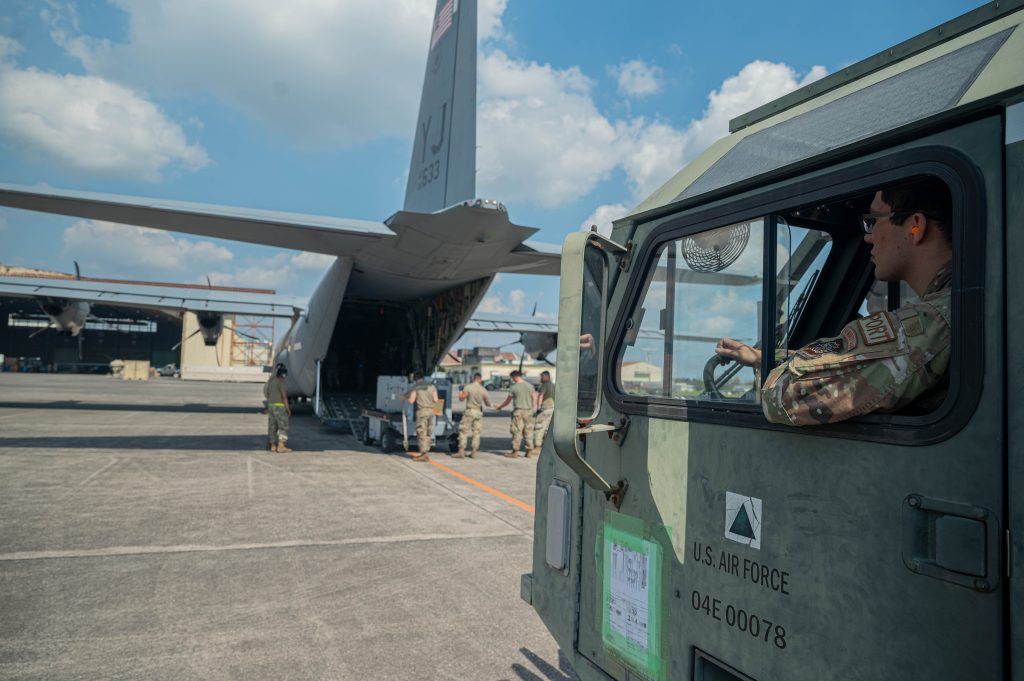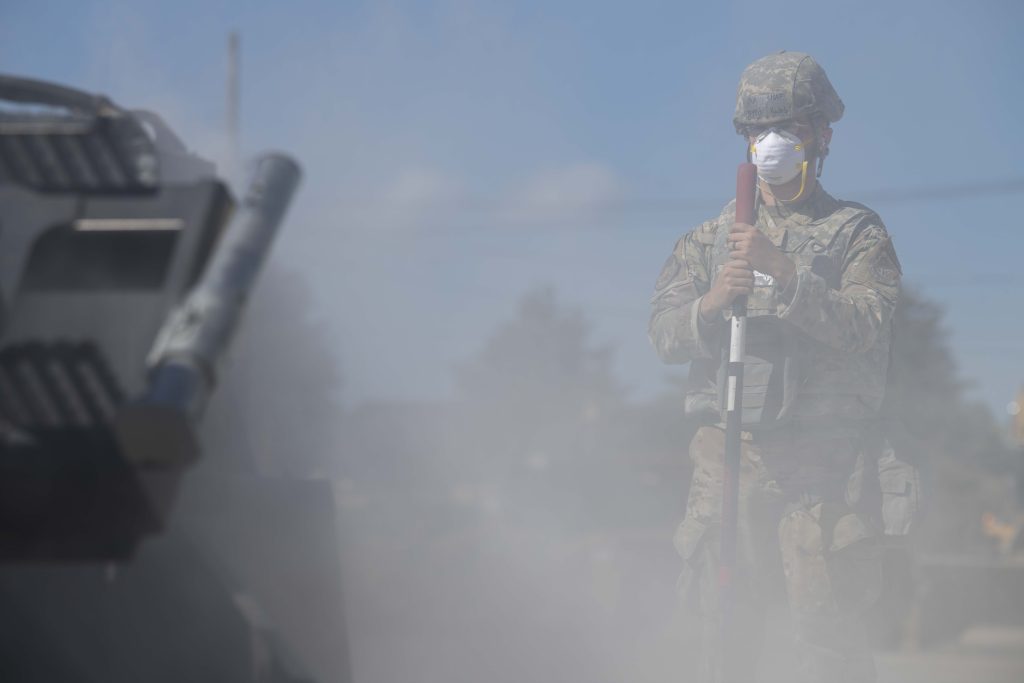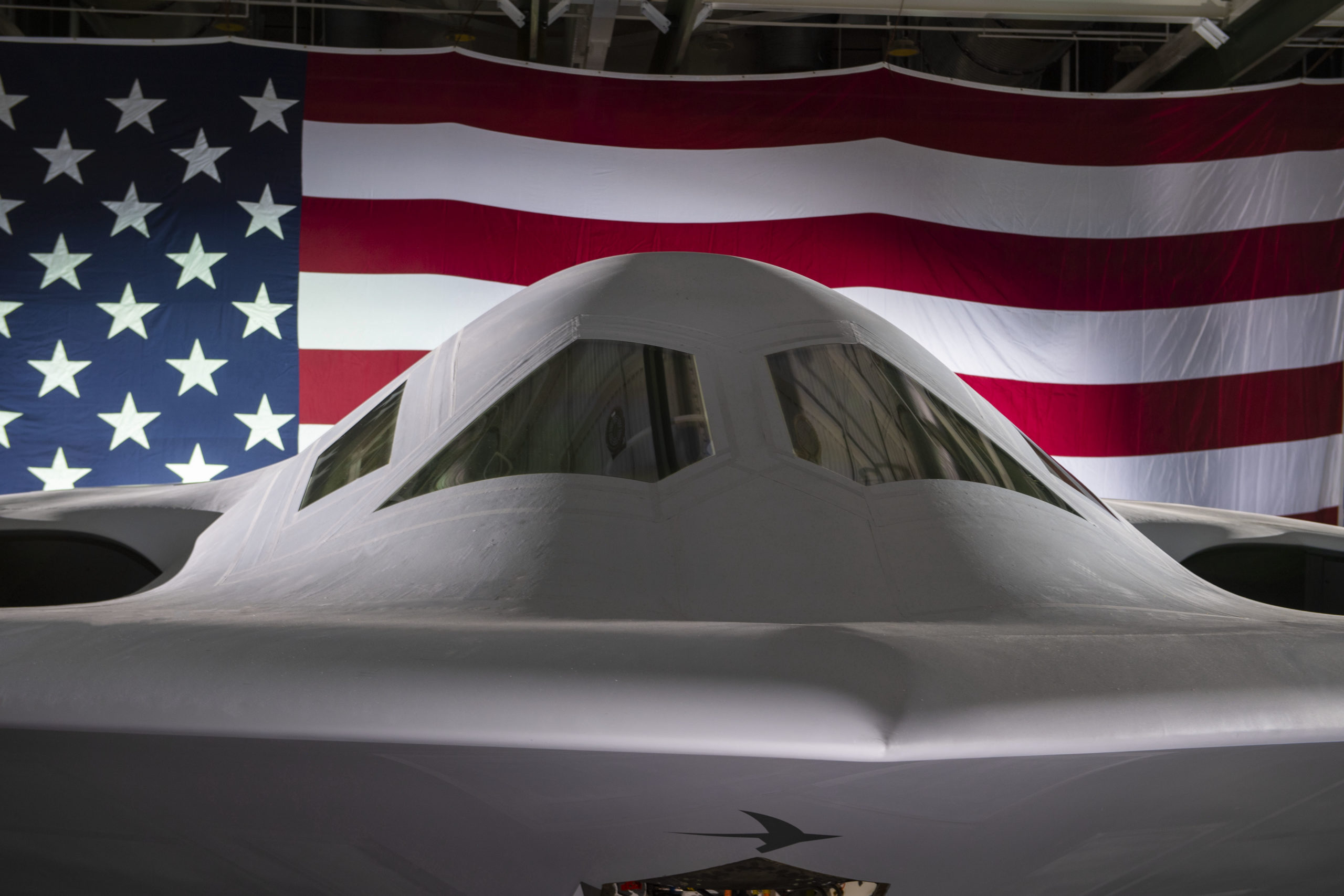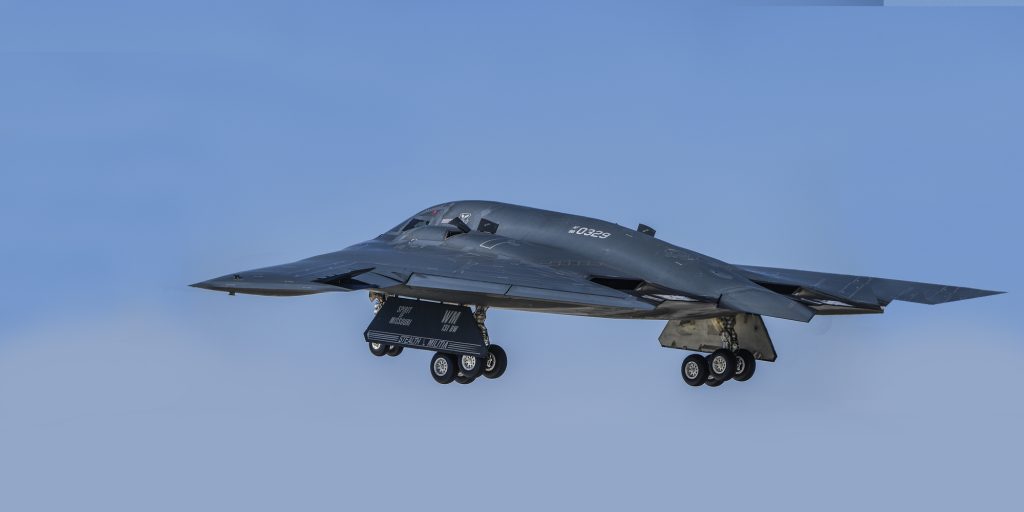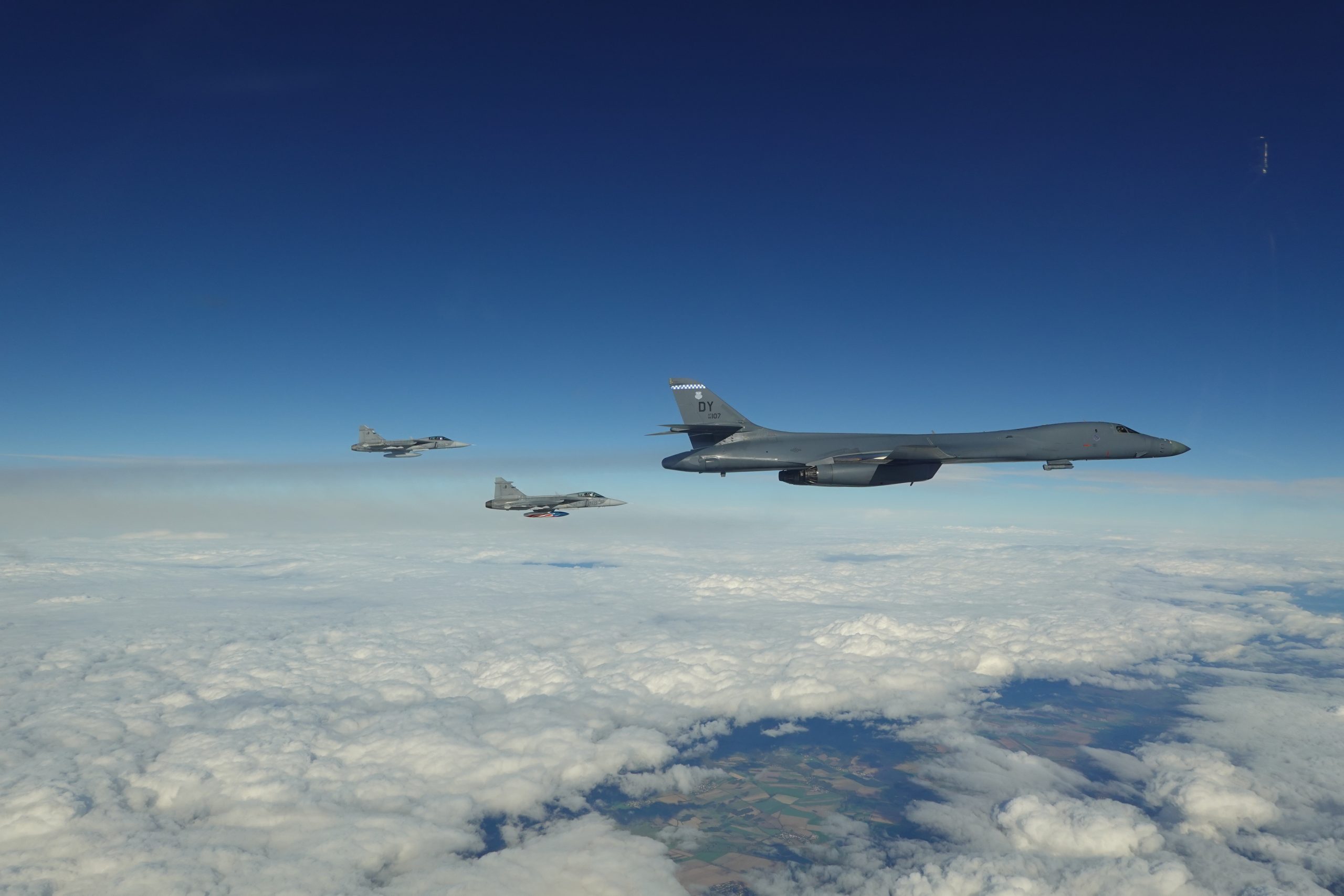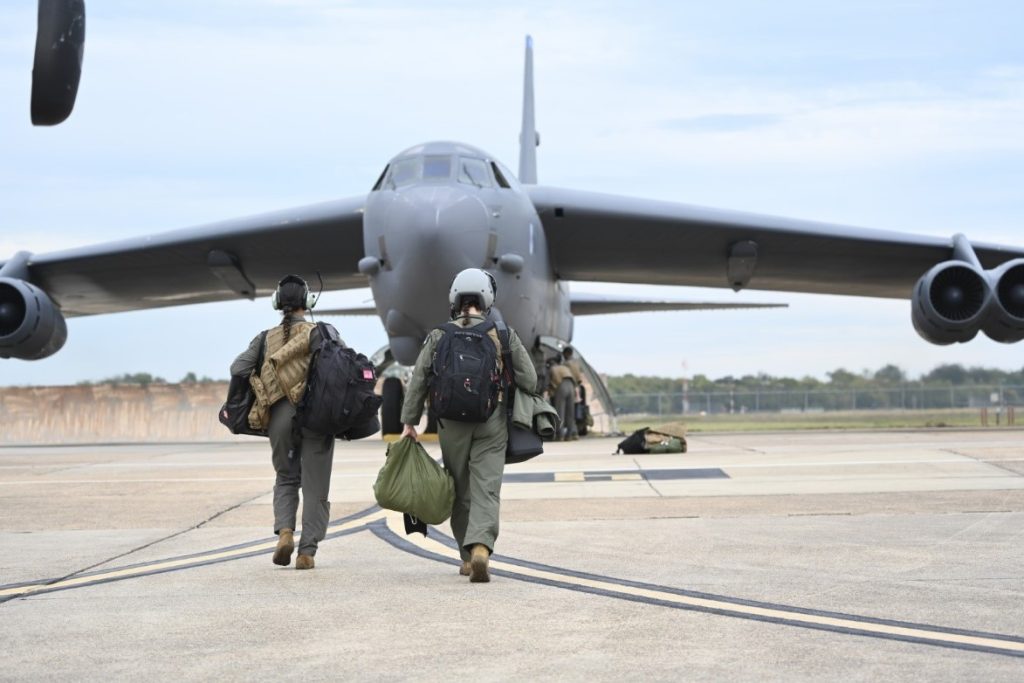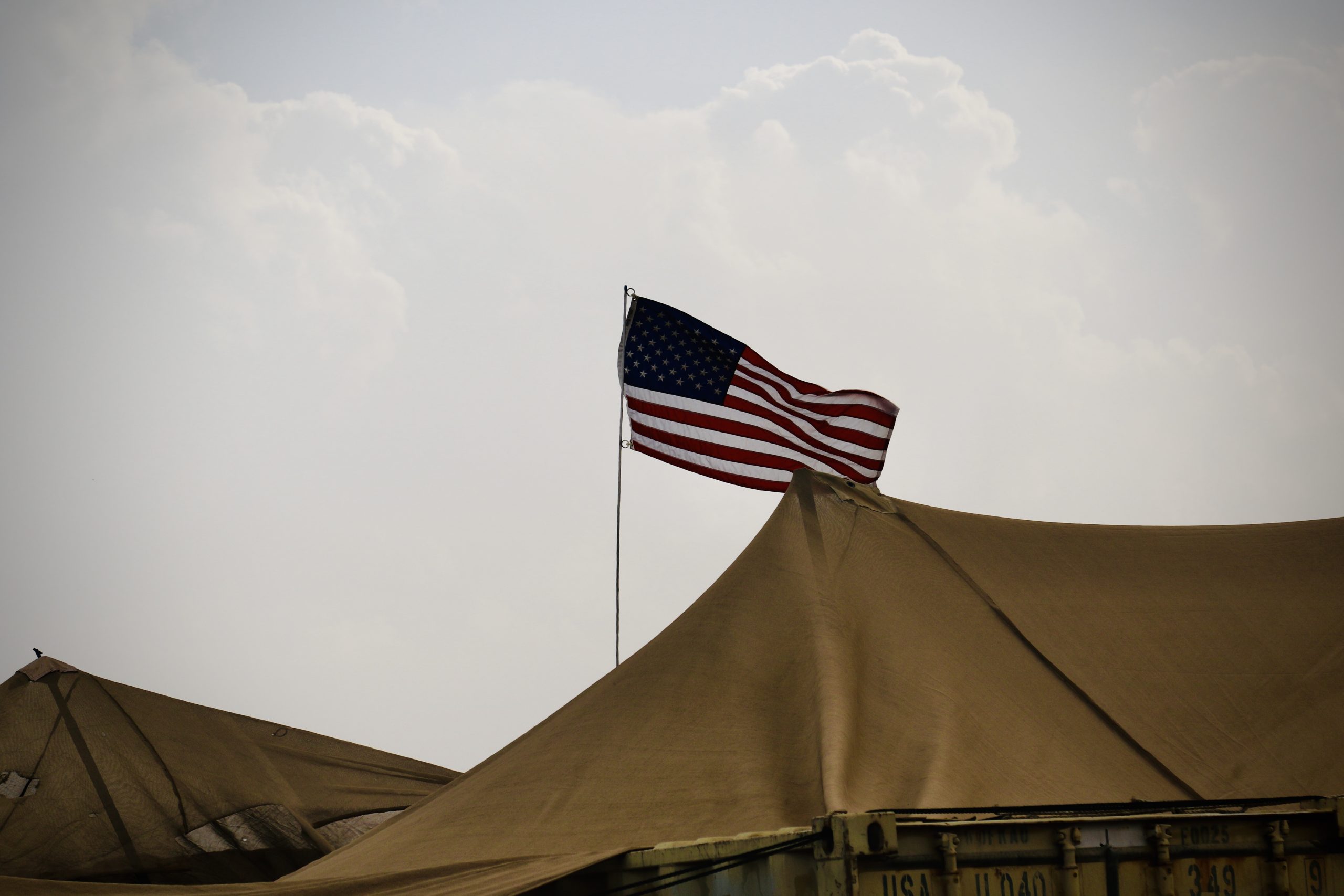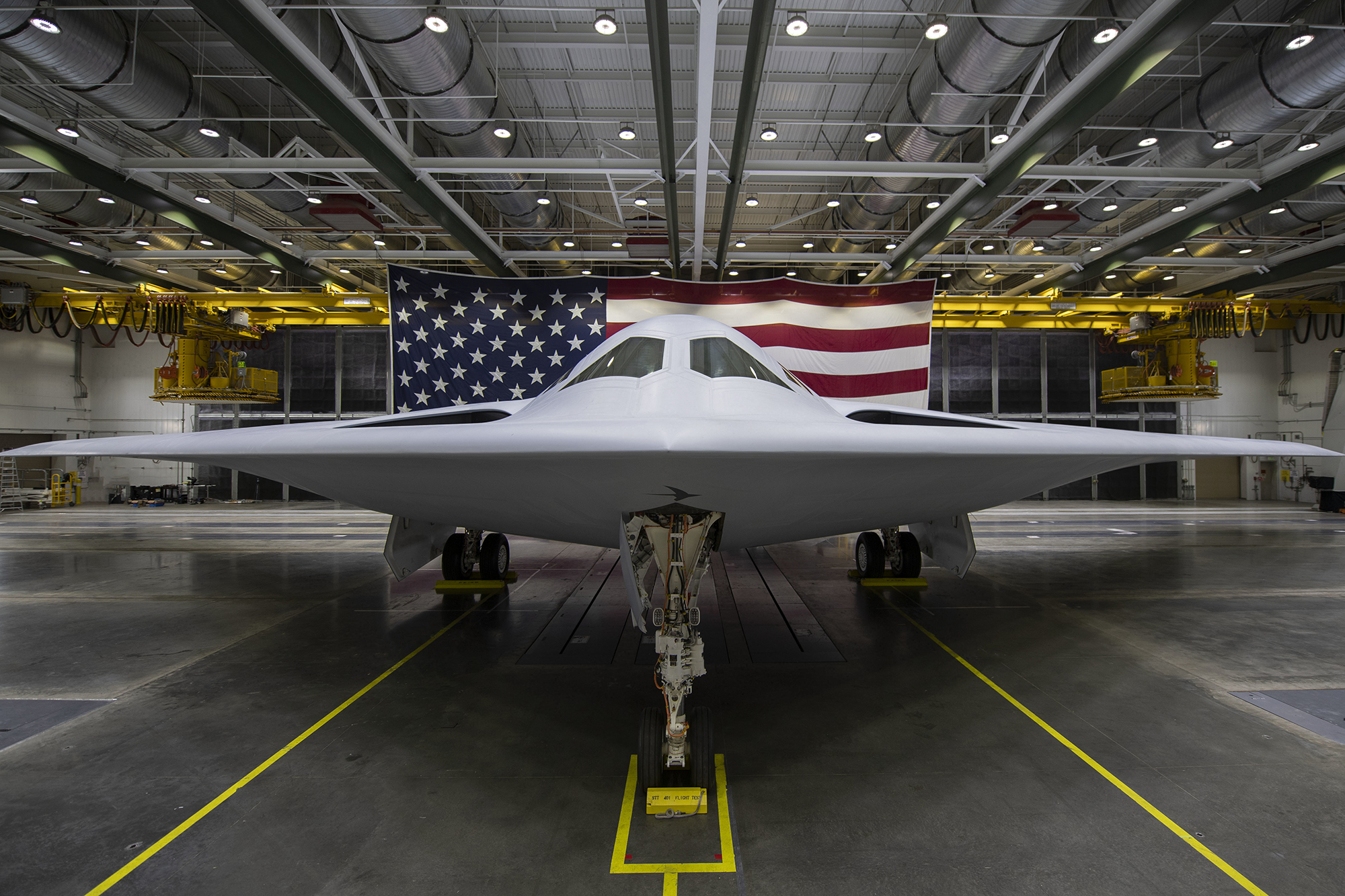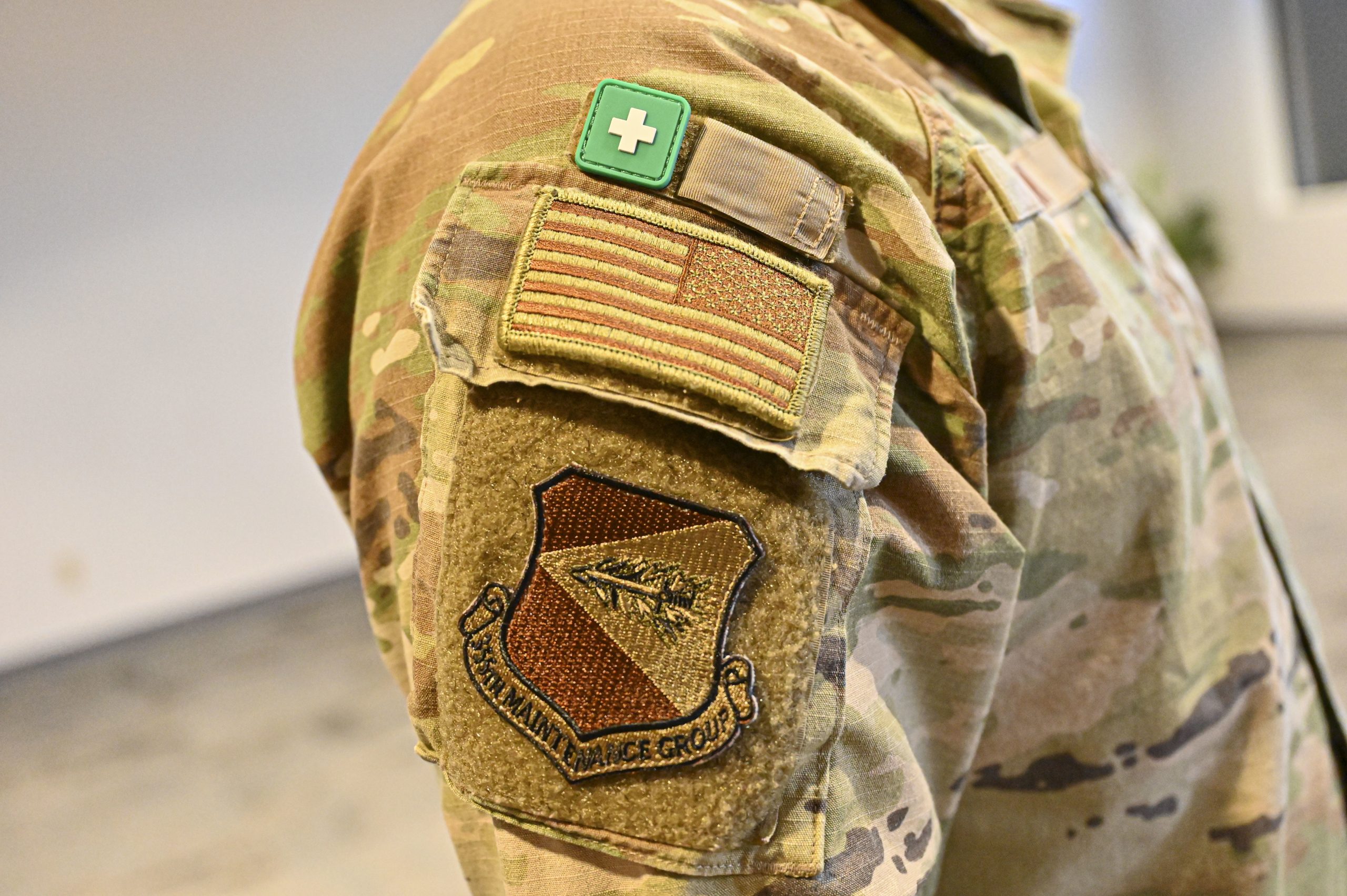The Space Development Agency added 38 more satellites to its growing list of contract awards on Oct. 30, with the agency agreeing to a $732 million deal with Northrop Grumman.
The satellites will be part of the Tranche 2 Transport Layer of the Proliferated Warfighter Space Architecture. The Transport Layer is intended to be the backbone of the Pentagon’s broader plan for joint all-domain command and control (JADC2), providing the satellite communications and connectivity needed to move data around the globe from sensors to shooters.
The contract award to Northrop comes on the heels of SDA confirming Oct. 20 it reached a deal with York Space Systems for 62 satellites.
Both York and Northrop are building satellites for the “Alpha” segment—one of three parts of the Tranche 2 Transport Layer, each with different capabilities. Compared to the “Beta” and “Gamma” segments, the Alpha segment will be the most similar to the satellites planned for Tranche 1, albeit in greater quantities to provide wider, more persistent capabilities.
Northrop also won a contract for a portion of the Beta segment, along with Lockheed Martin, in August.
“With the Beta variant and now the Alpha constellation, we’ll have more than 170 T2TL satellites on order,” SDA director Derek M. Tournear said in a statement. “SDA is leading the DOD into launching proliferated constellations into low-Earth orbit to enhance responsiveness, resilience, survivability, and warfighting capability beyond our current space systems architecture.”
All told, SDA has now awarded contracts for more than 370 satellites as part of the PWSA. Thus far, 23 of them, all part of “Tranche 0,” have launched into orbit. Tranche 1 is scheduled to follow in the fall of 2024 while Tranche 2 is planned for 2026.
By comparison, the rest of the Space Force has around 80 satellites, mostly in geosynchronous earth orbit. SDA and Tournear are pushing for large numbers of smaller spacecraft in low-Earth orbit to create resilience by discouraging adversaries from trying to shoot down or otherwise disable any one satellite.
The agency is still pressing forward. On Oct. 23, SDA issued a request for information (RFI) from industry for the “Gamma” segment of the Tranche 2 Transport Layer, which will have a “payload specifically designed to close future kill chains via the PWSA” called Warlock, according to an agency release.
According to the RFI, the agency is planning on 20 Gamma satellites, down from previous estimates of 44. On Oct. 19 at the MilSat Symposium in Mountain View, Calif., Tournear explained the change.
“Some of the capabilities of Gamma are going to move to Beta,” Tournear said. “We’re in negotiations with a third Beta vendor to do that. So we would likely have 24 additional Beta satellites, and that would drive the Gamma requirement, that would go down from 44 satellites down to 20.”
An SDA spokesperson told Air & Space Forces Magazine that the final quantities of each segment are still being determined. Both will provide tactical satellite communications, but Tournear described Gamma as providing “enhanced tactical SATCOM.”
With contracts being handed out for Tranche 2, Tournear noted that SDA is now fully in the midst of its “spiral development” model, with one tranche being launched and operated in orbit, one in testing and assembly, and one being contracted and developed.
The Tranche 0 satellites in orbit recently received a boost when the International Telecommunication Union (ITU) granted approval for SDA to test their Link 16 capabilities over international waters and “over the territory of a Five Eyes ally,” a spokesperson said.
“It should be noted that testing Link 16 from space first over international waters and with an international partner, while important, represents a compromise position for SDA and our requirement remains to test over U.S. air space in order to demonstrate the feasibility of the Proliferated Warfighter Space Architecture and its ability to deliver space-based capabilities to the warfighter over existing tactical data links,” Tournear said in a statement. “To that end, SDA continues to pursue Temporary Frequency Assignment from the Federal Aviation Administration to begin testing with the support of military partners with battle-ready DOD instrumentation and personnel trained in such testing. This testing is absolutely critical to SDA’s on-time delivery.”
Proliferated Warfighter Space Architecture
| TRANCHE | LAYER | # OF SATELLITES | CONTRACTORS |
|---|---|---|---|
| 0 | Transport | 20 | York Space Systems, Lockheed Martin |
| Tracking | 8 | SpaceX, L3Harris | |
| 1 | Transport | 126 | York Space Systems, Lockheed Martin, Northrop Grumman |
| Tracking | 35 | L3Harris, Northrop Gumman, Raytheon | |
| Demonstration and Experimentation System | 12 | York Space Systems | |
| 2 | Transport (Beta) | 72, possibly 96 | Northrop Grumman, Lockheed Martin, TBA |
| Transport (Alpha) | 100 | York Space Systems, Northrop Grumman | |
| Transport (Gamma) | 20 (approx.) | TBA | |
| Tracking | 52 (approx.) | TBA | |
| Demonstration and Experimentation System | 20 (approx.) | TBA |
